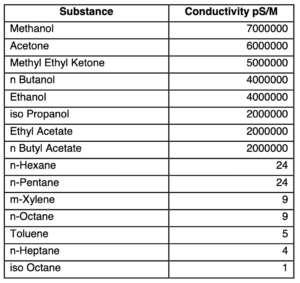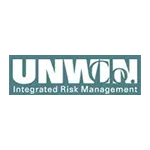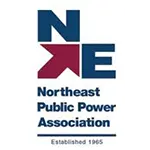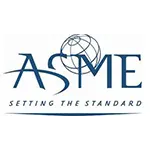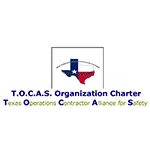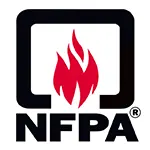Let us help you make sense of PSM / RMP!
My friend Brian Chapin will be offering an open-enrollment PSM/RMP class in Burleson, Texas, July 8th to 11th, 2025. Brian is an absolute pro in NH3 Refrigeration Process Safety. Anyone who attends will also get a FREE membership to SAFTENG. You can get more information on the class with this link.
CLICK HERE to Renew your Membership
CLICK HERE for a NEW Membership
CLICK HERE to see eligibility requirements for FREE Membership
If you have any questions, please contact m
SAFTENG has:
- Over 18,000 categorized unsafe acts/conditions and accident/injury photos
- Over 1,500 ppt's & doc's in the SAFTENG Library
- Over 4,000 Technical Articles on Process Safety, Emergency Response & OSH topics
- Over 450 videos (those not allowed on YouTube Channel)
Many THANKS to my NEW Members and those who CONTINUE to support SAFTENG:

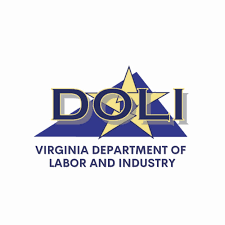







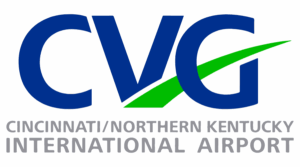

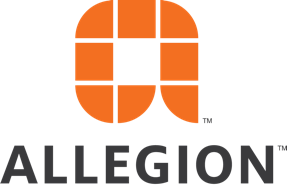
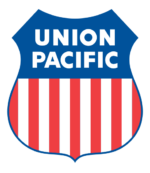

March 20, 2011
Since the great recession of 2008 -2010 we have seen an increase in the used equipment market. This is due to so many businesses going under and auctioning off their equipment and the remaining businesses needing to find ways to save $.
…
HomeRead More »
Read More
March 20, 2011
So, who has to do Confined Space Evaluations, and when must this evaluation be done?
The short answers are ALL General Industry (1910) employers and at the time the standard was promulgated and before each entry. Let me explain…
…
HomeRead More »
Read More
March 20, 2011
One of the most asked-about standards is OSHA’s Permit-Required Confined Space (PRCS) standard. The standard can be difficult to decipher, so this post attempts to break down an employer’s entry options. We should view the standard as offering three (3) entry options. Each option has its own set of rules and pros and cons. Once a facility has completed its Confined Space/Permit Required...
Read More
March 20, 2011
Like many safety professionals, I learned there is a HUGE difference in flammable liquids the HARD WAY. Having a strong background in fire/HAZMAT, even as an IFSTA instructor 20 years ago; I thought flammable liquids were all about flash points and LEL. To an emergency responder, that may work, but as a safety engineer responsible for a PSM/RMP-covered process containing non-conductive...
Read More
March 20, 2011
Now here is why bonding and grounding falls well short of being all the precautions we need when transferring NON-CONDUCTIVE FLAMMABLE LIQUIDS. Bonding and grounding takes into account that we are equalizing the energy levels between the containers and therefore the static will not be released to the differently charged container. This works when it is DONE properly when we are transferring...
Read More
March 20, 2011
A Purdue University report showed 51 grain bin accidents last year, up from 38 in 2009 and the most since tracking began in 1978. Twenty-five people died, and five of them were children under the age of 16. The previous record for grain bin accidents was 42 in 1993. The accidents prompted the OSHA to send letters this past week to 10,000-grain bin operators across the U.S., telling them they are responsible...
Read More
March 20, 2011
The National Board of Boiler and Pressure Vessel Inspectors has released the Violation Findings Fourth Quarter Report for 2010. The report is based on 65 reports from 38 jurisdictions, consists of 170,643 inspections with 17,201 violations. This is a 10% violation rate.
…
HomeRead More »
Read More
March 20, 2011
Fundamental safety management failings were the root cause of Britain’s most costly industrial disaster, a new publication reveals. The report into the explosion and five-day fire at the Buncefield Oil Storage Depot in December 2005 tells for the first time the full story of the Health and Safety Executive (HSE) and Environment Agency’s (EA) investigation. Drawing on previously unpublished...
Read More
March 20, 2011
Members of a key congressional panel have called for a long-term extension of the U.S. Homeland Security Department effort that sets regulations for facilities that manufacture, use, store or distribute substances that could be used to produce chemical warfare materials. While lawmakers lauded the program, they expressed frustration with aspects of the effort that have yet to be completed, including...
Read More
March 20, 2011
This instruction, Enforcement Guidance for Personal Protective Equipment in General Industry, establishes OSHA’s general enforcement and guidance policy for its standards addressing personal protective equipment (PPE).
…
HomeRead More »
Read More
March 20, 2011
The Electrical Safety Foundation International (ESFI) is a non-profit organization dedicated exclusively to promoting electrical safety at home and in the workplace. Founded in 1994 as a cooperative effort by the National Electrical Manufacturers Association (NEMA), Underwriters Laboratories (UL), and the U.S. Consumer Product Safety Commission (CPSC), ESFI is funded by voluntary contributions from...
Read More
March 20, 2011
Should standards be free? What if they are incorporated by reference into federal legislation, rules, or regulations? Should people have to pay for “the law?”
…
HomeRead More »
Read More


